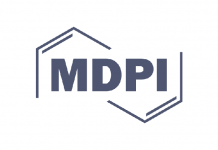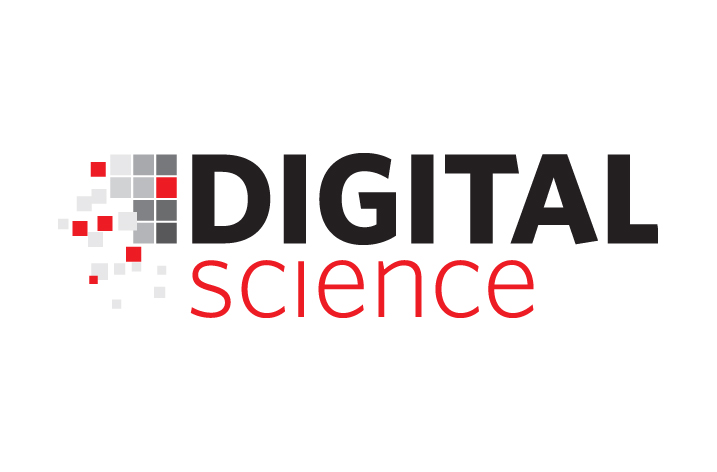
The Public Library of Science (PLOS) today announced that it is testing a new experimental open science feature intended to promote data sharing and reuse across the PLOS journal portfolio. A subset of PLOS articles that link to shared research data in a repository will now display a prominent visual cue designed to help researchers find accessible data. Sharing research data that support published articles is considered best practice as it promotes data discovery and reuse, and aligns with the Findable, Accessible, Interoperable and Reusable (FAIR) data principles.
“We want to increase the adoption of open science and make the practice of open science more beneficial to researchers, who can encounter problems finding accessible data. To support these goals, and thanks to support from the Wellcome Trust, we are experimenting with solutions designed to increase sharing and discovery of research data that also save researchers time,” said Iain Hrynaszkiewicz,Director of Open Research Solutions, PLOS.
Today’s launch is an ‘Accessible Data’ feature deployed on articles that link to research data in one of several repositories. The feature will appear on more than 3,000 PLOS articles, beginning this week. It will also appear on newly published articles that qualify for the feature during the experiment, which is expected to run until the end of 2022. PLOS articles that link to datasets in Dryad, Figshare or Open Science Framework will display the feature initially. The feature will be extended to more repositories if the experiment is successful in increasing use of data associated with publications.
“As an early adopter of Figshare, PLOS continues to innovate in open research publishing by introducing this new feature that will offer researchers who share and need to reuse FAIR data more benefits,” said Mark Hahnel, CEO, Figshare.
“Offering researchers incentives to share research data, such as badges or visual cues on their papers, has been shown to increase adoption of open science in other contexts. We welcome PLOS’ experiment with this feature and are looking forward to seeing the results,” said David Mellor, Director of Policy, Center for Open Science.
Other publishers have experimented with prominent visual links to research data, and PLOS’ feature has similarities with the Center for Open Science’s Badges. However, this experiment is intended to encourage more researchers to share data according to best practices as well as encourage wider access and use of data. Articles link directly to the data in the repository and offer a visual cue (or “reward”) on the published article. PLOS believes that making linked research data more visible on article pages will increase its use, helping readers spend less time looking for articles with accessible datasets.
In another experiment launched last October, PLOS Pathogens introduced an optional step in the manuscript submission process that allows seamless deposition of data to Dryad.
“In addition to seeing Dryad users able to benefit from the Accessible Data feature experiment, we’re also delighted to be part of PLOS Pathogens data deposition pilot, offering researchers in the journal’s community tools and incentives to make their data findable and accessible,” said Jennifer Gibson, Executive Director, Dryad.

























